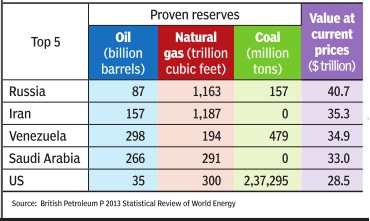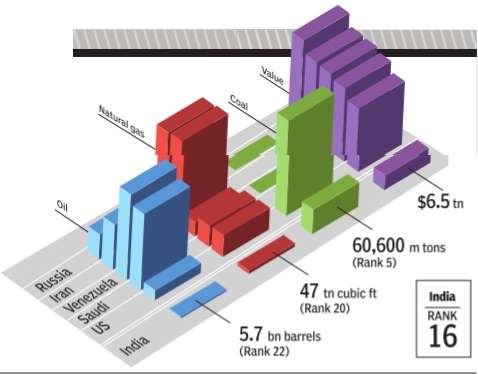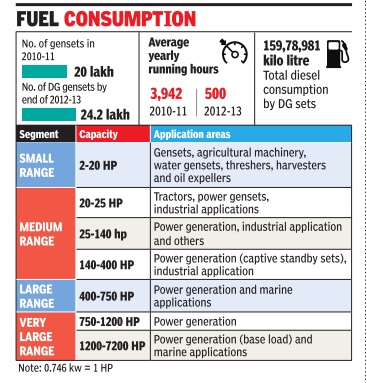Energy: India

This article has been sourced from an authoritative, official readers who wish to update or add further details can do so on a ‘Part II’ of this article. |
Contents |
The source of this article
INDIA 2012
A REFERENCE ANNUAL
Compiled by
RESEARCH, REFERENCE AND TRAINING DIVISION
PUBLICATIONS DIVISION
MINISTRY OF INFORMATION AND BROADCASTING
GOVERNMENT OF INDIA
Energy

Why India's giant leap in green energy is still a small step
The Times of India Oct 20 2016 : WHY INDIA'S GIANT LEAP IN GREEN ENERGY IS STILL A SMALL STEP
ENERGY is an essential input for economic development and improving the quality of life. Development of conventional forms of energy for meeting the growing energy needs of society at a reasonable cost is the responsibility of the Government. Development and promotion of non-conventional/alternate/new and renewable sources of energy such as solar, wind and bio-energy, etc., are also getting sustained attention. Nuclear energy development is being geared up to contribute significantly to the overall energy availability in the country.
Energy reserves
December 07 2014
As per December,2014, India is the fourth largest energy consumer in the world, trailing the US, China, and Russia. Currently, India is not able to consistently meet domestic energy demands, which makes securing energy sources one of the top priorities and the largest energy source is coal.
Diesel generators
Jan 02 2015
Sanjay Dutta
Diesel gensets lose power as reforms start paying off
Diesel-fired gensets appear to be losing power as the mainstay of energy for commercial establishments and other large consumers as the Centre's thrust on raising generation capacity and other reforms in the last few years begin to pay off by way of improved supply from the mains. The average running period for DG sets of all sizes has dropped to 500 hours in a year from 3,942 hours in 201011, a power ministry note says, quoting two separate reports prepared by Petroleum Conservation and Research Association and Bureau of Energy Efficiency .
In terms of average perday operation, gensets are being run for an average 1.37 hours against an average 10.8 hours operated some twothree years back.
This by no means is an end of the road for diesel gensets, which have recorded a growth of roughly 10% in annual sales. “Even though the number of DG sets have grown over the last two years... Basically, the DG sets are being used (installed) as stand-by source of supply ,“ says the note.
The note, thus, gives an in dication of shape of things to come against the backdrop of the Modi government taking steps to ensure 24X7 power supply in the next two-three years.
There are an estimated 24 lakh diesel gensets operating across the country , up from 20 lakh pegged around 2010-11.The report reckons the aggregate capacity of gensets of all sizes operating in the country by the end of 2012-13 to be 105,512 mw. This is roughly 20 times more than Delhi's daily demand for power. Gensets are known as a major contributor to pollution and a fall in their running hours has a positive bearing on the environment.
Taxing energy use, India and the world: 2015
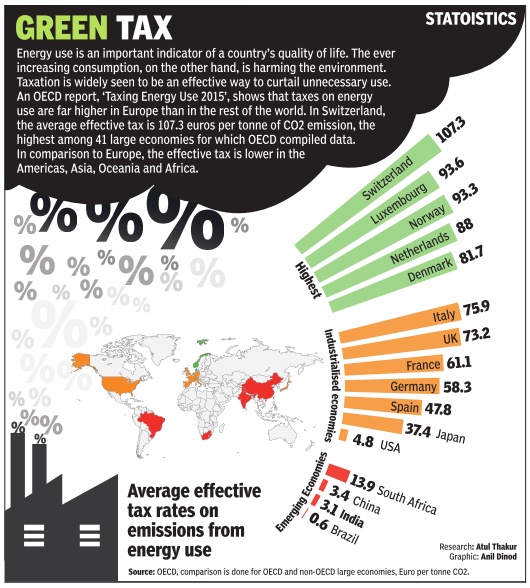
Domestic power consumption in India
STATE OF POWER
The Times of India Sep 22 2014
Domestic power consumption in various states is not uniform and depends on their economic growth. The uneven electrification of households in the country is also responsible for this
Energy consumption
Energy conservation
LED bulbs
=2016: Ujala makes India world leader
The Times of India, Apr 21 2016

India headed for top slot in global LED light market
Sanjay Dutta India is poised to emerge as the largest market for lighting systems based on LEDs (light-emitting diodes), thanks to the Narendra Modiled government's UJALA (Unnat Jyoti by Affordable LEDs for All) scheme for replacing all inefficient bulbs with these energy-efficient lamps. “With India selling 770 million LED bulbs every day , the country will soon become the LED capital of the world. Prices of LED bulbs have come down to 55 pence (Rs 52) from over 3.5 pounds (Rs 332) two years ago,“ a government statement quoted power minister Piyush Goyal as telling investors in London on Wednesday . Today , 12% of all LED lighting systems sold in the world is consumed in India, according to Saurabh Kumar, managing director of Energy Efficiency Services. The company , promoted by state-run power utilities, is the nodal agency for implementing the UJALA scheme.
UJALA has brought down the price of an LED bulb to Rs 85 for a 9-watt on an average.
Inter-region transfer
The Times of India, Jul 05 2015
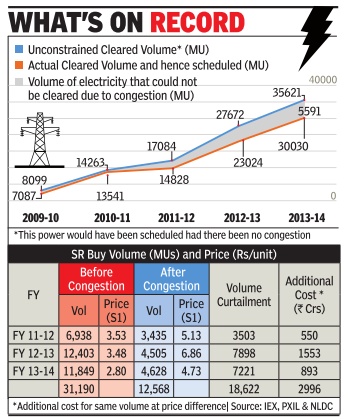
Sanjay Dutta
Supply from surplus to deficit regions blocked
It is the height of paradox for a country where blackouts are more a norm than exception. Over 3 billion units of electricity , or a day's national consumption, were wasted in 2014-15 as congestion in the transmission highways blocked trading between surplus and deficit regions. Data from various power exchanges show a higher wastage in 2013-14 at 5.3 billion units, or Delhi's consumption for roughly 56-60 days.
Inter-region transfer through short-term open access stood at 78.38 billion units during this period. No doubt, such wastage both in terms of actual power fed into the grid but not used and generation capacity that was not `scheduled' due to grid bottlenecks comes at a cost to the economy in terms of lost opportunities and idling power stations.
But even consumers, especially in deficit southern region, end up paying more as transmission gridlock not only affects volumes traded but also the price of electricity .
Power is traded on bourses through a mechanism called `market splitting' in industry parlance. In this system, tariff on surplus and deficit regions are adjusted in a way that the power flow equals the network capacity available for trading.As a result, the price in surplus area declines and rises in deficit regions, which either go dark or have to look for costlier alternatives.
The southern region is one of the worst sufferers in this regard. Some industry estimates say network congestion cost the region at least Rs 5,000 crore in the last three years during which time 19 billion units could not flow to it due to congestion. The opportunity cost alone of the unserved power is estimated at Rs 1,862 crore, assuming utilities earn Re 1 per unit extra revenue after meeting operating expenditure. Besides, in the absence of access to surplus power, cost of supplies were higher than what it would have been if there was no congestion. Utilities had to buy tap costlier options or shed load. The price differential works out to Rs 2,996 crore. This came from consumers' pockets.
Industry watchers say the problem lies in the way capaci ty of transmission highways are planned with singular focus on wheeling power under long-term supply agreements.This leaves only marginal capacity for trading, considered an ingredient for real competition and ensuring the government's promise of 24X7 supply .
Reserving some transmission capacity transmission networks, thus, is cited as need of the hour for growth of a healthy power market. This is important since distribution utilities are unable to forecast demand until very close to the delivery day due to factors such as seasonal variations, unscheduled generation outages, social events, political factors and business cycle etc.
